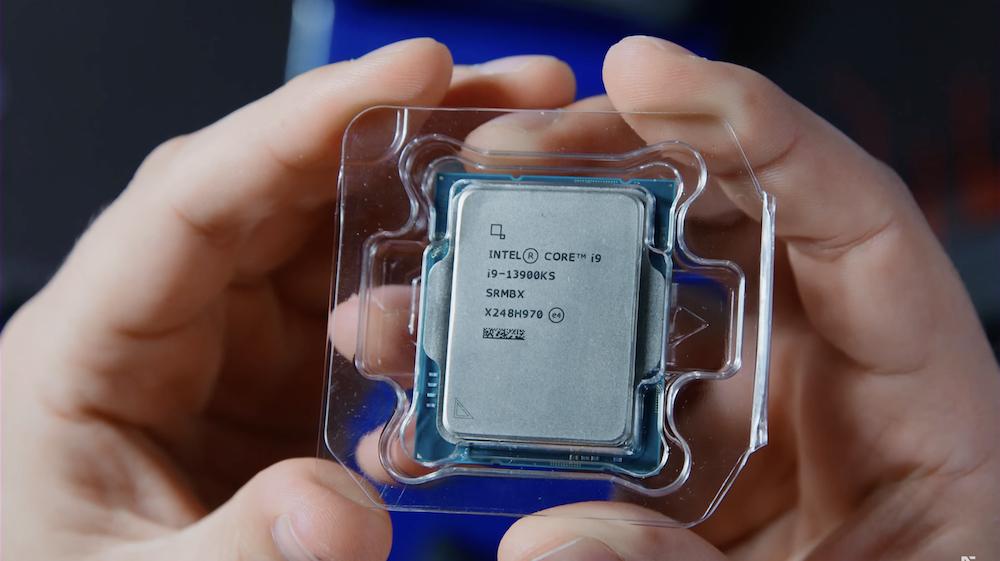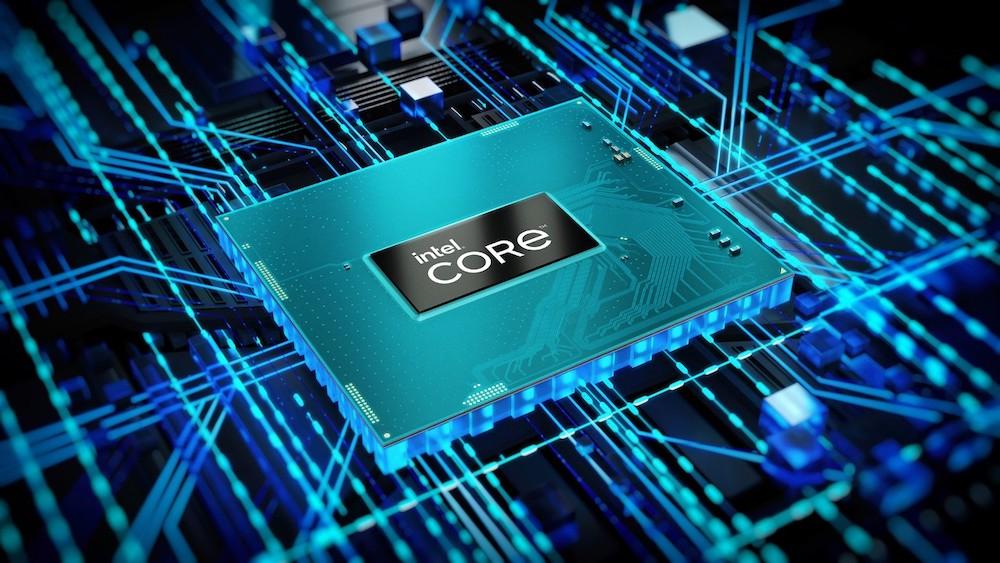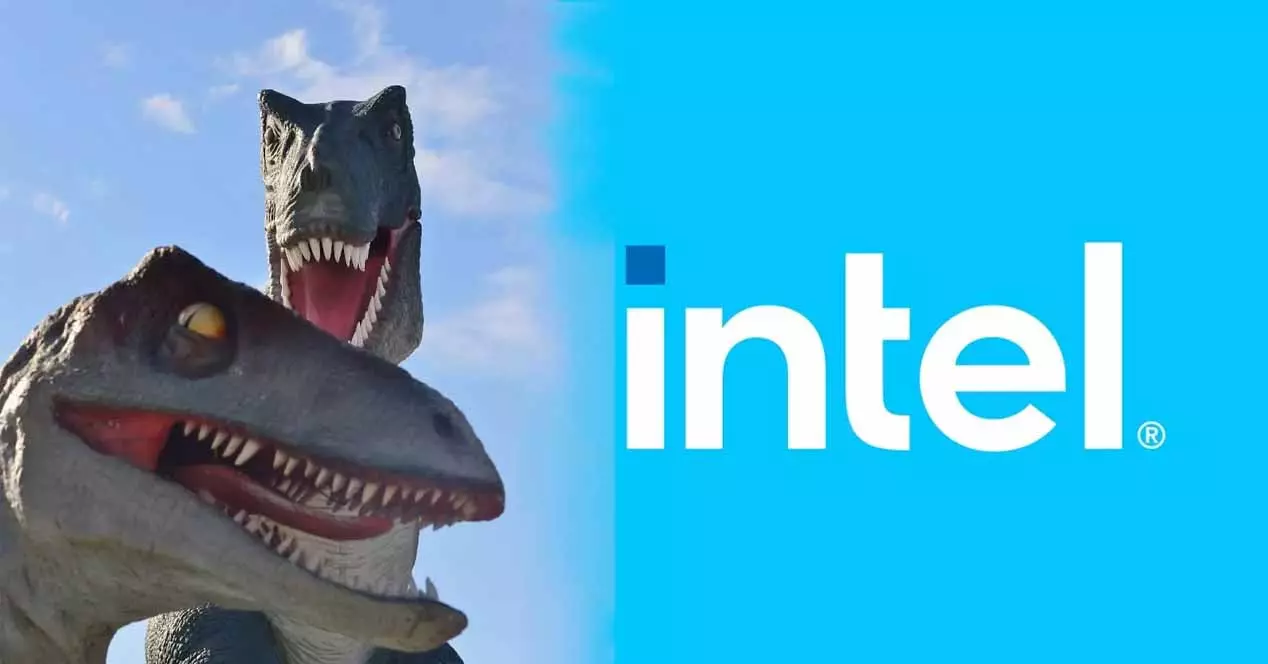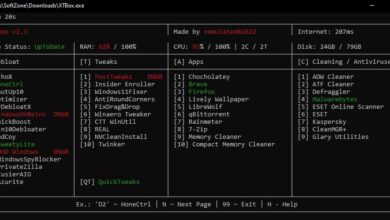
It is a risky step but one that must be taken, since most of the utilities are already in 64 bits and continuing to support 32 bit systems is very expensive and unnecessary.
Intel x86S
Its new architecture is based, as we have mentioned, on focusing only on 64-bit systems, that would be your idea and therefore it will no longer have compatibility or support for systems with less.
The 32 bits no longer support more than 4GB of memory, something that right now is ridiculous to think that in the future a computer or system will not carry more.
Today it is already difficult to see computers that use less than 64 bits, since there are operating systems such as Windows 11 that do not allow it. However, Intel continued to make them with any compatibility in case the user needed it. From now on it will be the other way around. Regardless of the operating system we use, if we have the new Intel x86s we will not be able to run it unless we use at least 64 bits.
It is well thought out since, if Windows 11 does not allow this, future versions will not go backwards either, and, therefore, all new computers that are sold will be in the latest version, that is, include something that the user will not be able to use it is nonsense and an extra cost.
But this would not only focus on costs or disuse but also on efficiency for the user, since, the new models would have a higher speed due to not having to page the previous modes during boot. Possibly it’s about milliseconds, but hey, every improvement matters.
Intel tries to convince us of these improvements with some points detailed by them with the benefits of the new architecture. They would be next.
- Use of the simplified 64-bit segmentation model for 32-bit application segmentation support, matching what is already used by modern operating systems.
- Removal of rings 1 and 2 (which are not used by modern software) and deprecated segmentation features such as gates.
- Elimination of 16-bit addressing.
- Removed support for ring 3 I/O port access.
- Removed chain port I/O, which supported an obsolete CPU-driven I/O model.
- Limit the use of the local interrupt handler (APIC) to X2APIC and remove support for the legacy 8259.
- Remove some unused operating system mode bits.
Given this, we are sure that AMD will not take long to rule on the matter and copy the strategy of its rival, since for them they are all advantages as well.
In short, the era of less than 64 bits is a thing of the past, from today we will see more modern and faster systems based on new features that make us advance by leaps and bounds to a totally technological future.





